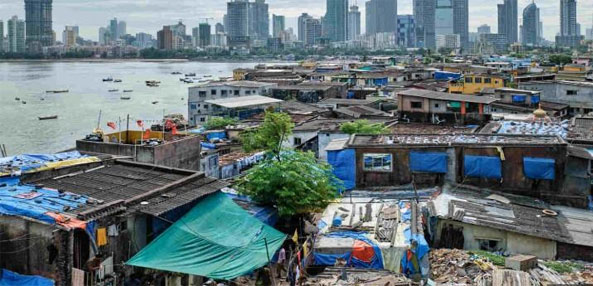Daijiworld Media Network - New Delhi
New Delhi, Aug 12: India has recorded one of the most significant poverty reductions in modern global history, lifting over 269 million people out of extreme poverty between 2011-12 and 2022-23, according to an India Narrative report. This remarkable shift is credited to sustained economic growth, a strong social welfare framework, and the strategic deployment of technology.
During this 11-year span, India’s extreme poverty rate plummeted from 27.1% to just 5.3%. Current projections suggest this figure could drop further to 4–4.5% by 2025, edging the country closer to eradicating extreme poverty altogether.
The most dramatic progress was seen in rural areas, where poverty declined from 18.4% to 2.8%, thanks to a combination of agricultural reforms, targeted subsidies, and expanded welfare access. Urban poverty also fell sharply from 10.7% to 1.1%, driven by increased employment opportunities and better-targeted safety nets in city centers.

Four states — Uttar Pradesh, Bihar, Madhya Pradesh, and Rajasthan — were pivotal, accounting for nearly two-thirds of the national poverty decline. Uttar Pradesh alone saw nearly 60 million residents escape poverty, highlighting the power of concentrated, region-specific interventions.
The report also noted that poverty extends beyond income, encompassing access to health care, education, and decent living conditions. India’s progress on the Multidimensional Poverty Index (MPI) reflects improvements in all these areas.
At the heart of this transformation lies India’s robust GDP growth, which has averaged over 7% annually for the past 15 years. This expansion has not only generated employment and boosted wages, but also widened the tax base, enabling the government to finance large-scale welfare initiatives. The dual approach — market-driven growth alongside state-led support — has proven especially effective.
Urbanisation played a supporting role by offering new job markets, improved infrastructure, and better public services. Remittances from migrant workers and rising agricultural productivity have further enhanced rural resilience and income security.
India is now on track to meet its Sustainable Development Goal (SDG) of halving multidimensional poverty well ahead of the 2030 deadline. Both the United Nations Development Programme (UNDP) and the World Bank have praised India's poverty alleviation model for its scalability and fiscal efficiency.
In absolute numbers, India’s poverty reduction stands among the largest globally ever recorded — a milestone that not only transforms the lives of millions but also sets a precedent for other developing nations.